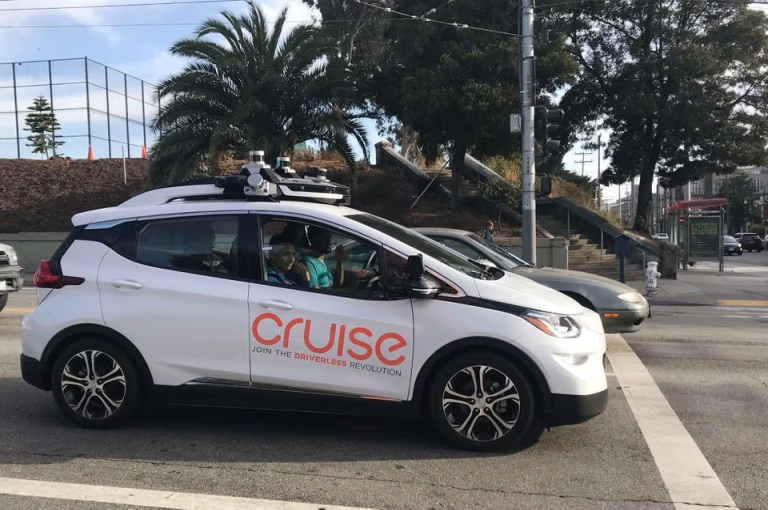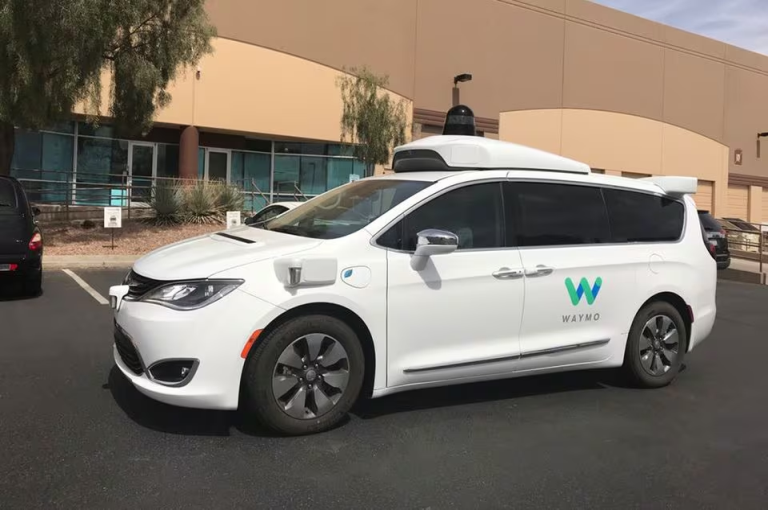Driverless Cars Make Strides in California: 5x Increase in Test Miles in 2023

New Delhi: In a significant leap forward for autonomous vehicle technology, fully driverless vehicles will drive nearly 3.3 million miles in California in 2023, up from the previous year, according to data released by the state. There is a five times increase in comparison. Department of Motor Vehicles (DMV).
Leading this notable surge were General Motors’ Cruise and Alphabet’s Waymo, which accounted for 63% and 36%, respectively, of the total miles driven without a safety driver. The data highlights the growing prominence of self-driving technology, even following concerns raised following the Cruise robotaxi accident.
Despite the public outcry generated by the Cruise accident, where an autonomous vehicle collided with a pedestrian and dragged them 20 feet, driverless technology continued to advance. The incident caused Cruise to temporarily halt operations across the country.

DMV data covering the period from December 1, 2022, to November 30, 2023, shows a significant increase in autonomous tests with a safety driver, from 5.1 million miles to 5.7 million miles. This indicates a parallel increase in testing involving human safety drivers.
Proponents of self-driving technology argue that it has the potential to be safer than human drivers, particularly in addressing issues such as driving under the influence, distracted driving, and fatigue. However, the deployment of robotaxis in cities such as San Francisco has raised concerns among residents, city agencies, and labour unions, citing disruptive traffic behaviour and safety risks associated with sudden stops in busy areas.
Specifically, the DMV report noted that 38 companies currently hold permits to test autonomous vehicles with a safety driver. Six companies, including Waymo, Amazon’s Zoox unit, Baidu’s Apollo and Chinese startups Neuro, Veride and AutoX, have received permits for driverless testing.
The suspension of testing and deployment permits for Cruise in October 2023, coupled with multiple investigations, including one by the Justice Department, underscores the regulatory challenges and scrutiny faced by companies in the autonomous vehicle sector.
As the autonomous vehicle landscape evolves, data from California shows both progress and challenges to the widespread adoption of driverless technology. Additionally, concerns over transparency and data security, particularly regarding Chinese companies, add a layer of complexity to the ongoing developments in the autonomous vehicle industry.











